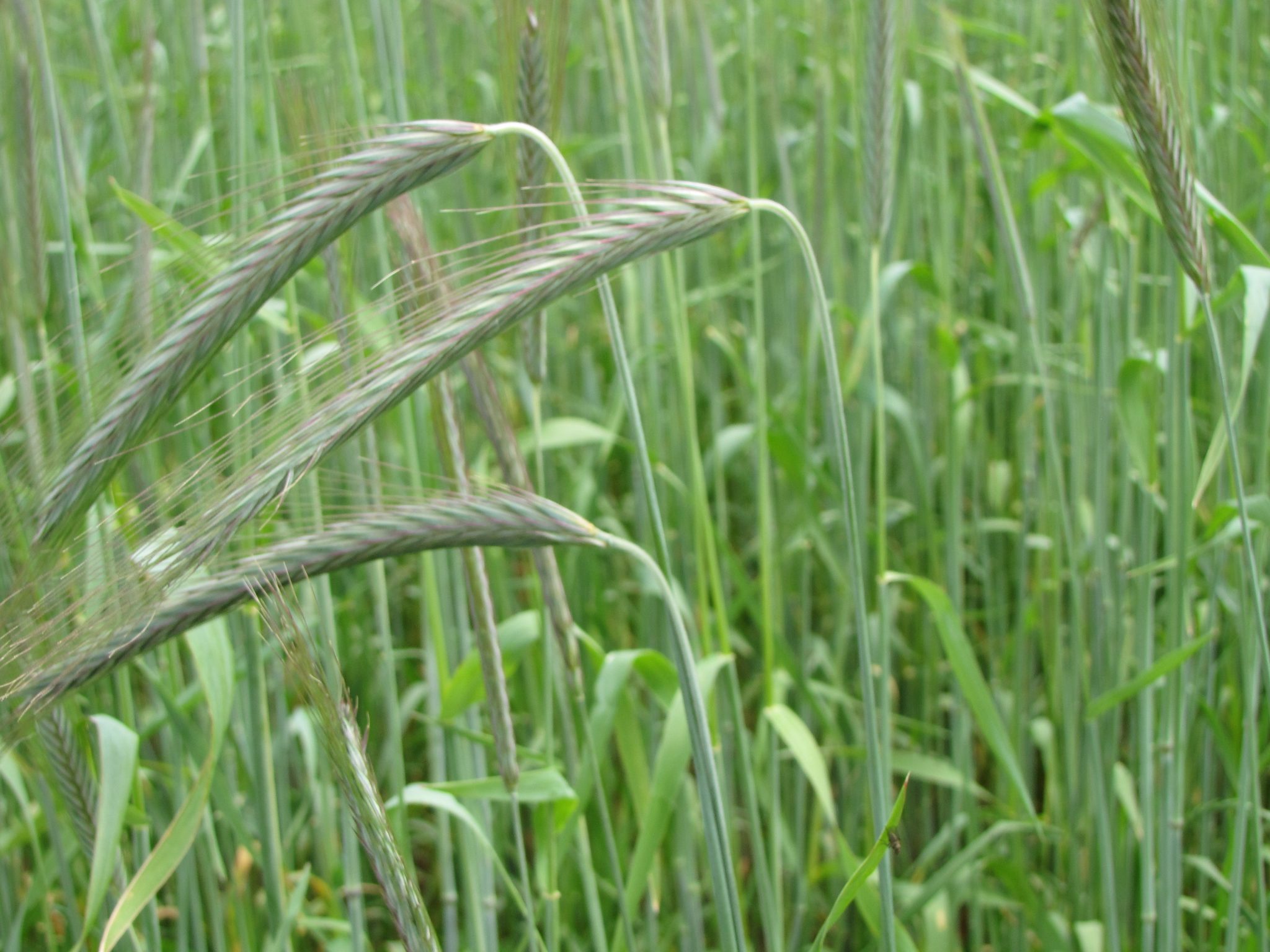Rye

PEI does not grow a large volume or rye in comparison to other cereals and acreage in 2021 was about 2,000 acres
Rye is a high yielding cereal crop that is available in conventional and hybrid varieties. It is planted in September and October using a grain drill with a recommended seeding rate of 1.5 million seeds per acre. Rye goes dormant during the winter months and has better winter hardiness than other fall planted cereals such as wheat, but winter kill can still occur depending on environmental conditions. In the spring the crop will turn green and continue to grow. Nitrogen fertilizer is broadcast to help promote healthy growth and grain development. Rye is a naturally competitive crop and may choke out weeds, therefore reducing the need for a herbicide in some cases. The crop heads out around June and July, and matures in late August. Rye is harvested using a combine, which separates the grain from the straw. Rye at 14% moisture is considered dry and safe for storage. The straw is either baled and used for animal bedding or chopped and spread back on the field to add organic matter and improve soil structure. The grain is used as animal feed, flour and distillery uses. Rye is also a popular choice as a cover crop because it is competitive, winter hardy and has a large root system that helps improve soil structure and protect against erosion. In some cases when used as a cover crop, it is terminated in the spring in some cases.
Information and photos from the PEI Department of Agriculture and Land.


